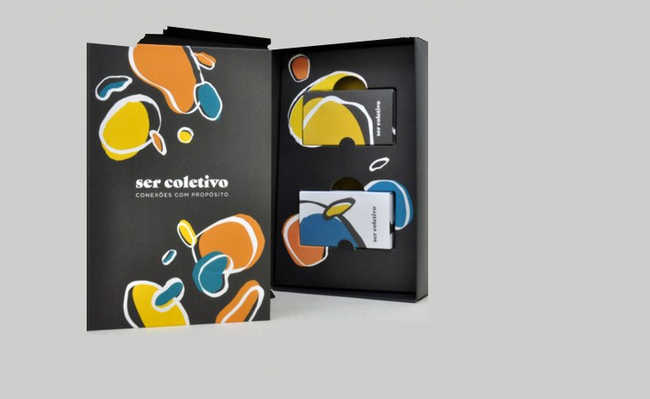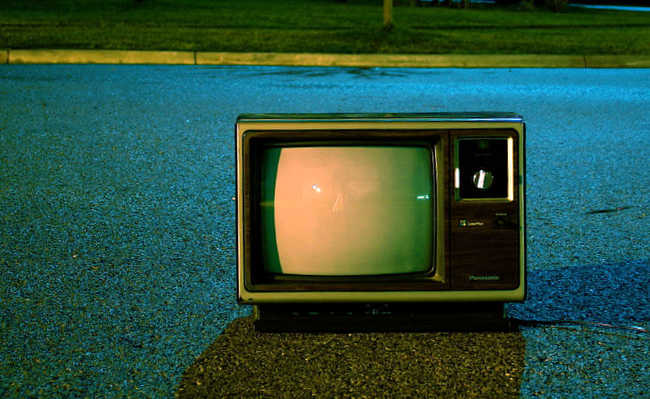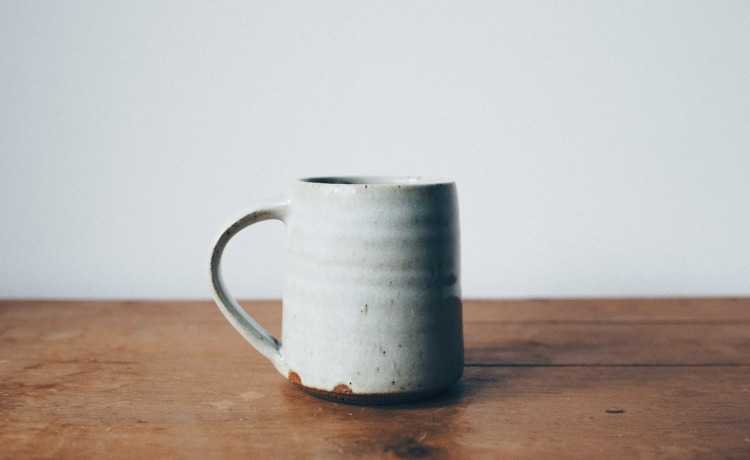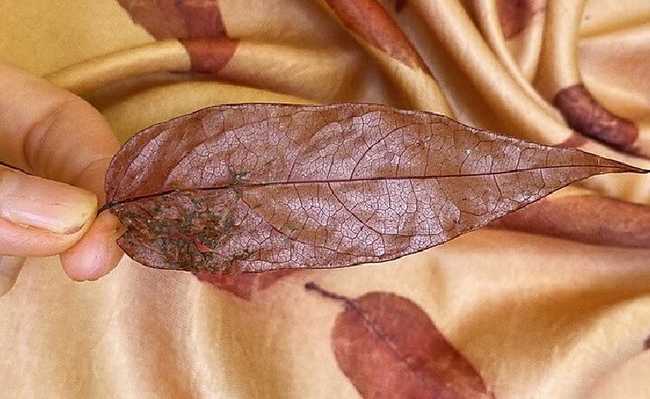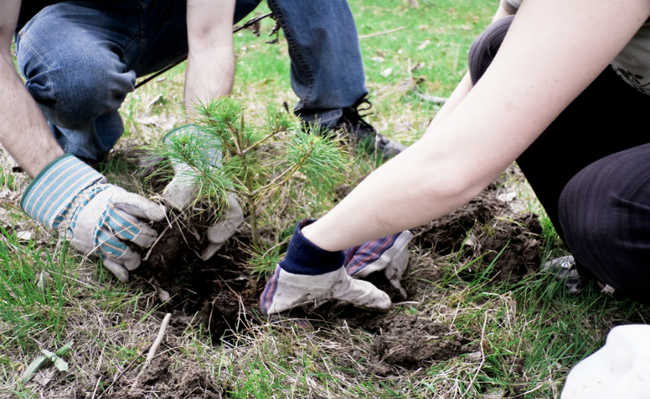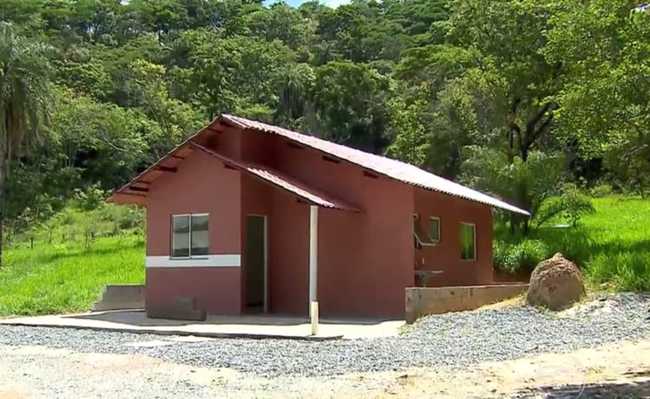How to clean silver? use baking soda
It is possible to clean silver using simple recipes with baking soda, water and aluminum

Image: Debby Hudson in Unsplash
The darkening of silver objects is normal, as the metal undergoes a natural oxidation process when it comes into contact with the moisture in the air, with agents such as chlorine and sulfur and even with light. Silver pieces, then, require regular maintenance to maintain their shine and beauty. But don't think it's necessary to buy any specific chemical for that. There is a natural component that you probably have at home that can clean silver: baking soda.
- Researcher lists risk of possible damage from cleaning products
- What is baking soda
Yes, among the many uses of bicarbonate is also the cleaning of silver. Even though it is natural, this salt is very strong and abrasive, so be careful with more delicate silver pieces and use the techniques only with pieces that are pure silver (other metals may not react well to baking soda).
Talk to an expert first to find out if you can clean your silver piece with baking soda. Baking soda can wear away the top layer of silver, but this usually doesn't damage the piece.
How to clean silver
1. Bicarbonate paste with water
Make a paste of three parts baking soda and one part water. Use the mixture to buff silverware or other silver items with a cloth or sponge. Then wash the objects with water - in the case of cutlery, use soap as well. Be careful not to rub too hard as this could scratch or damage the garment.
2. Bicarbonate bath with boiling water
This technique may work best for small objects such as earrings, strings, and barrettes. Mix a teaspoon of baking soda in a pan with half a liter of water, dip the pieces and bring to the fire. Bring to a boil, turn off the heat and keep the silver immersed in the solution for about a minute. The pieces should come out clear without effort.
To further increase the shine, polish the parts with a flannel or soft cloth - be careful with the temperature of the objects. Avoid leaving items in the solution for too long as this can corrode the silver. Dry your objects well after the bicarbonate bath.
3. Sodium bicarbonate and aluminum
In a large container (if better aluminum), place the silver pieces, sprinkle a tablespoon of baking soda and cover with a few pieces of aluminum foil. Then pour boiling water. Leave for about a minute, rinse and dry well. In general, the reaction of bicarbonate with aluminum is very efficient in removing the oxidation of silver.
4. Heavy cleaning
For sturdier objects, if you tried any of the above suggestions and didn't get the expected result, a tip is to resort to this radical method. Just be careful not to damage your object (the techniques above are more appropriate for sensitive objects).
Ingredients and utensils needed:
- A large container;
- Aluminum paper;
- 1 liter of boiling water;
- 3 tablespoons of baking soda;
- 3 level tablespoons of table salt.
Step by step on how to clean silver with baking soda:
Line the container with aluminum foil, add water, baking soda and salt. Stir well and then dip your silver objects in the baking soda for a few seconds. The oxidation should gradually disappear, but don't leave the objects in the water for too long.
The ideal is to count 30 seconds on the timer and use kitchen tongs (the big ones) to remove the silver from the solution. Finally, rinse the objects under running water, dry them well and try to store them in an appropriate place, away from humidity.
A tip to preserve the shine of your silver objects for longer is to put a bag with chalk or some bags of silica gel together with the silverware, as this helps to reduce humidity and the consequent oxidation.

